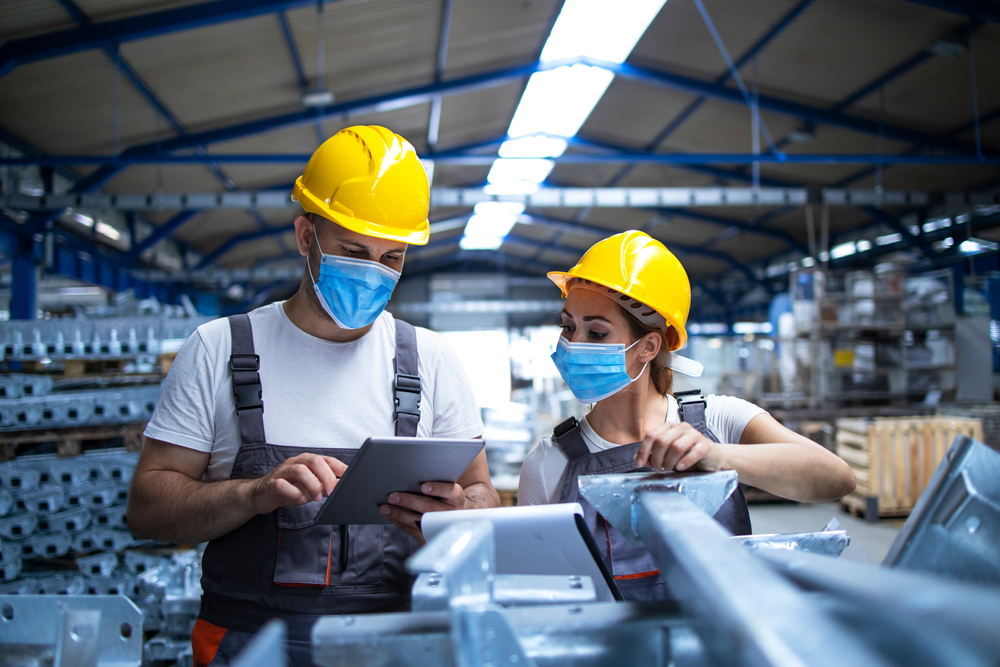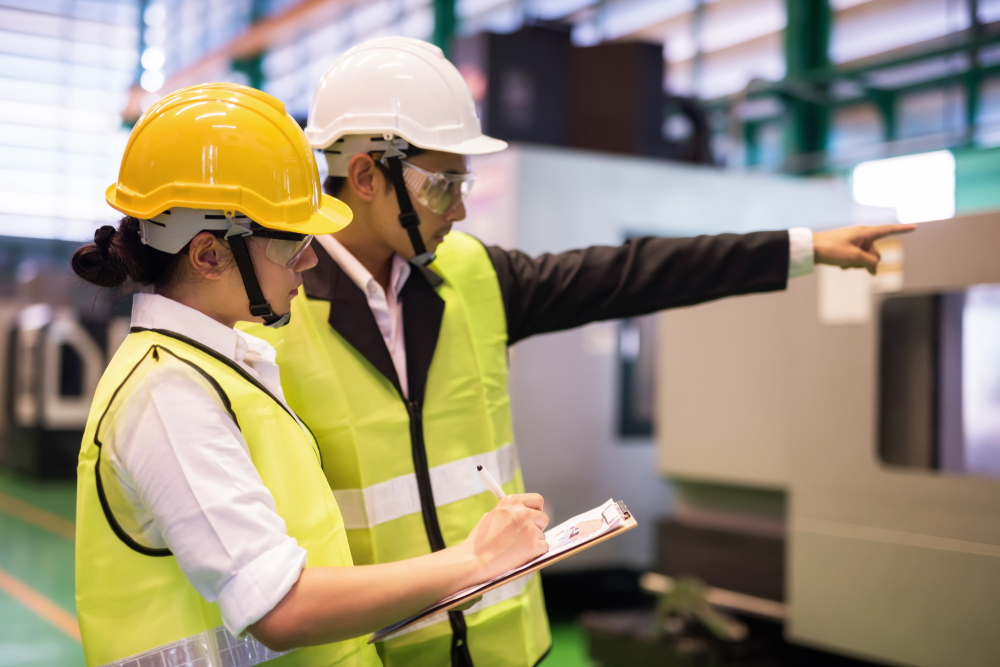Packaging Automation: Seven Undeniable Benefits
When is a good time to be thinking about packaging automation?
You may be a startup or small business looking to expand your manufacturing processes. Or perhaps yours is a larger company searching for a way to enhance processes which are already in place. In either case, you may think that packaging automation would be a big financial investment. That said, while an initial outlay is obviously required, automated packaging systems can provide a significant return on your investment.
Among other packaging industry trends, the global packaging automation market is set to reach an eye-popping £7 billion by 2028, with many manufacturers in various industries already utilising automated packaging solutions. That’s because there are many benefits to be gained, some of which we’ll outline below.
Before we get into that, though…
What is packaging automation?
Packaging automation describes any process which enables products to be packed with little or no human input. It can be semi-automated, with certain tasks in the process requiring the use of labour, or fully automated, with all steps in the packaging process completed by machine.
From bottle sorting, filling and capping to shrink wrapping and labelling, packaging automation can fulfil a wide range of tasks at all stages of the packing process. Some automated packaging systems are designed for a single process, while full packaging line automation can handle everything from start to finish.
Almost all industries can reap the benefits of automation.
Improves efficiency
When it comes to boosting the efficiency of your packaging operations, automation really is an easy win.
Packaging automation equipment is designed with enhanced performance output built in, with even the most complicated processes completed continuously at a steady pace.
Because, let’s be honest, it would be practically impossible for a human to carry out these same processes with the equivalent level of efficiency and productivity. And, because automated packaging systems can run for more hours when there’s increased demand, they solve the problem of managing seasonal flux.
Reduces costs
As mentioned, although an initial financial investment is required for packaging automation, it could lead to a substantial reduction in overall operational costs.
For instance, costly errors could be eliminated, as could any packaging time not well spent, which could easily lead to unnecessary expenditure.
With improved throughput, automated packaging reduces the risk of product damage in transit. In turn, improved packaging can reduce customer service, administration and product replacement costs.
As automated packaging reduces the need for manual input, there may also be sizeable savings to be made on labour costs.
Enhances safety
Investment in automated packaging systems can greatly enhance safety in the workplace and reduce both risk and the common workplace injuries associated with performing repetitive tasks, such as motion-induced stress, back pain and other musculoskeletal disorders.

Injuries such as these can easily have an adverse effect on overall job satisfaction. And while packaging automation can help prevent injury and reduce the number of workers affected by these conditions, it also increases productivity and operational efficiency.
Increases speed
With the automation of certain packaging processes, there can be up to a fivefold increase in production speed. This figure can, of course, vary depending on the particular process and type of packaging being used, but overall, automated packaging will bring about a consistent increase in production speed.
This will mean more volume in much less time; an important factor if you supply retail outlets demanding high-quality products at volume. This higher yield in packaging production will also eliminate the need to hire additional staff or pay overtime to existing staff.
Cuts waste
It’s true to say that packaging produces waste by design. But, in an increasingly environmentally conscious world, there is now a significant focus on waste reduction. In fact, many organisations are using green credentials as part of the supplier selection process.
Packaging automation has a number of environmental advantages, not least the fact that advanced packaging equipment will use only a set amount of material, meaning a considerable reduction in scrap.

Many original equipment manufacturers are now also designing their packaging automation equipment with sustainability in mind, using fewer materials and reducing the emission of greenhouse gases.
Minimises bottlenecks
Advances in technology now means that packaging systems can quite easily check the quality of the packaging you’re producing. When this important stage of the packaging process requires human input to ensure quality and consistency, it’s all too easy for improperly packaged products to be missed.
Manual inspection of packages can lead to bottlenecks, costing money and leading to downtime. Letting packaging automation handle quality assurance will eliminate these bottlenecks and ensure a consistent flow.
On the very rare occasion automated systems do make a mistake, an incorrect package can easily be removed automatically from the line for correction, without requiring an operator.
Boosts quality
Although the final stage in your production line, packaging is the first thing your customers will see. And today’s consumers are more demanding than ever when it comes to meeting quality standards. Even the smallest inconsistencies in packaging, such as seal quality, can have a negative impact on a brand and its sales.

The ability of packaging automation equipment to produce high quality packaging (at speed, to exact specifications and with absolute consistency) can help you exceed the high expectations of customers demanding finished products that look clean and professional.
Final thoughts
Packaging automation is a great way to increase throughput while minimising waste, reducing costs and enhancing quality. And, despite what a lot of people think, it does not always have to involve significant costs.
Todays’ packaging technology is designed to adapt to evolving business needs, helping you maintain your competitive edge without the need to invest in new systems time and time again.
So, is it time to consider automated packaging systems for your business? You may get some inspiration from our case studies, or take a look at our tips for knowing when to invest.


